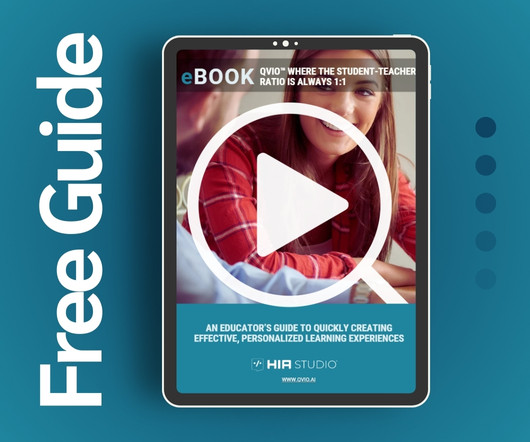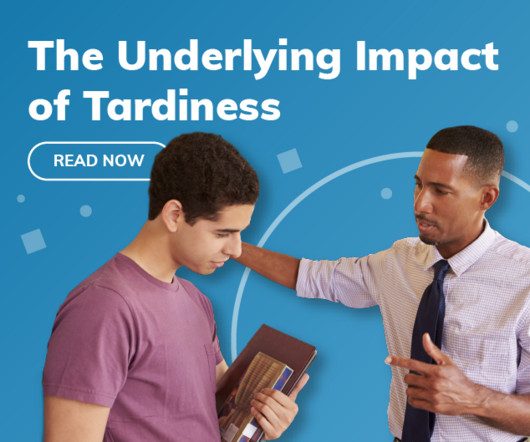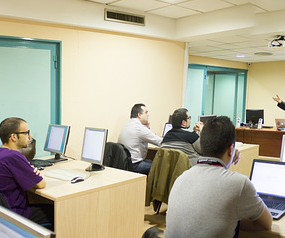Visible Learning and John Hattie
Ask a Tech Teacher
OCTOBER 10, 2017
Over the years, I’ve struggled to teach in ways my students would understand. Standing at the front of the classroom stopped working so I researched (and tried in some cases) Whole Brain Teaching (WBT), Socratic Method , Understanding by Design , Mindfulness , and a lot more options that colleagues mentioned as helpful with their differentiated student groups.








































Let's personalize your content